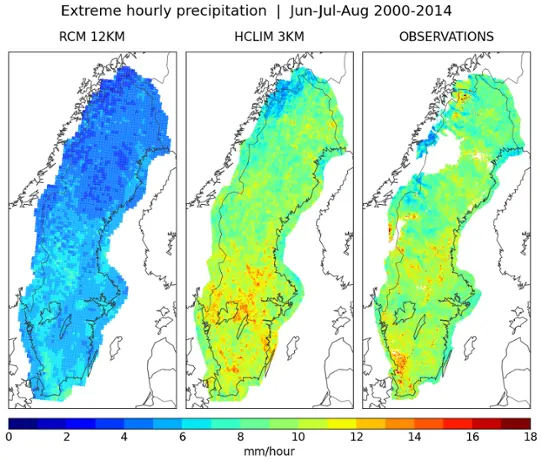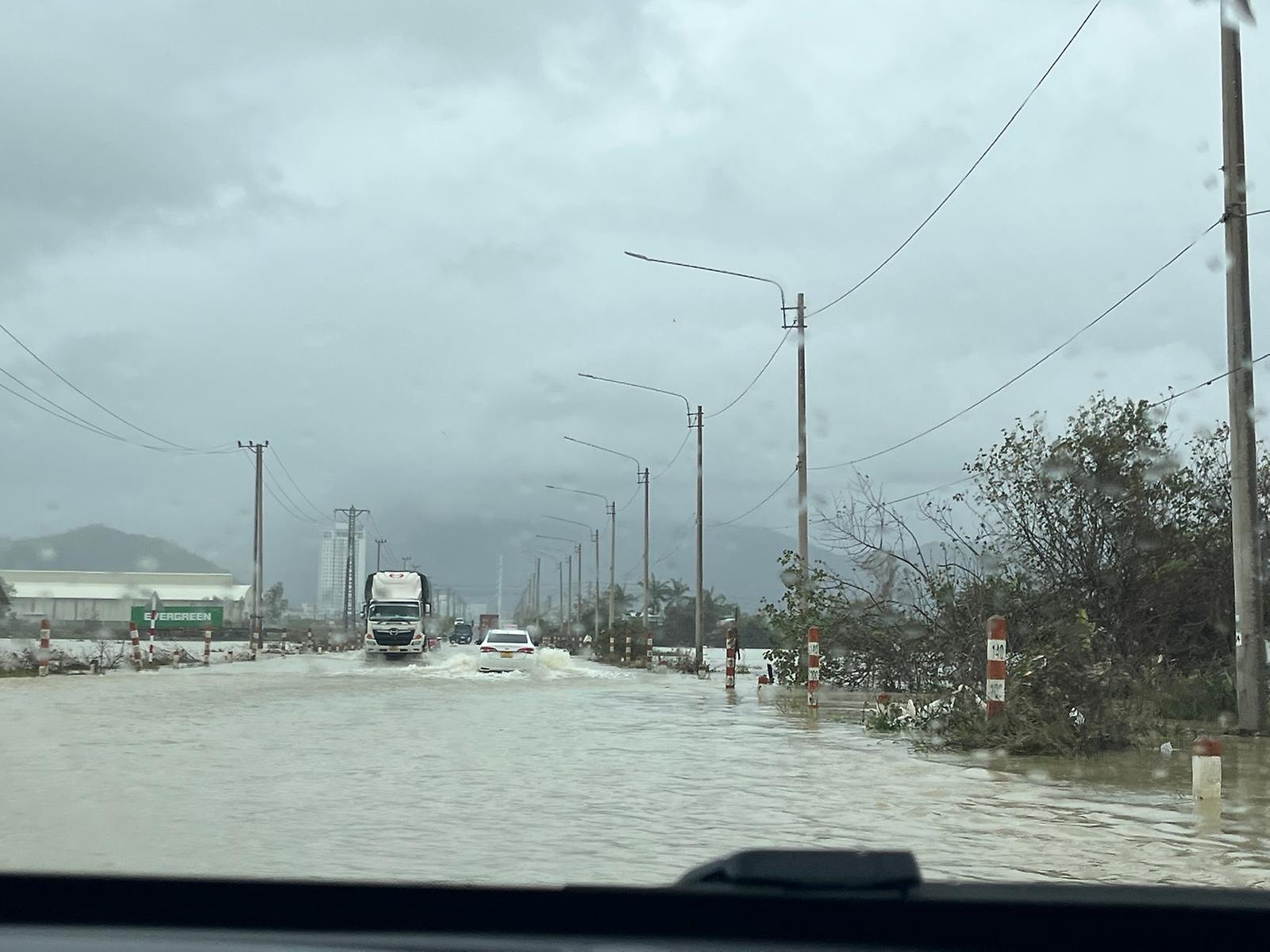Climate models that “see” storms: a step-change towards more usable information on climate and climate extremes
Sweden has experienced a range of extreme events that are likely to be stronger and more frequent in a warmer climate. With the new genrerations high-resolution climate models we are closer towards more usable information on climate and climate extremes.
The extreme events include cloudbursts and flooding (e.g. Malmö flooding in 2014), heat waves (e.g. the summer of 2018) with considerable impacts on urban areas and forest fires, and wind extremes (e.g. storm Gudrun in 2005). Such types of events are not well reproduced in the currently available climate simulations with horizontal resolutions not finer than 12 km, and require the use of climate models with horizontal resolutions of 1 to 4 km.
On the way to better models
At the Swedish Climate Symposium Petter Lind, researcher at the Rossby Centre, will present results and experiences of the high-resolution convection-permitting HARMONIE-Climate model (HCLIM). HCLIM is developed and maintained by Rossby Centre in collaboration with a group of national meteorological institutes and is now being applied in several ongoing international collaborative projects over a number of regions in Europe.
The first climate projections over Fenno-Scandinavia (an area comprising comprising the Scandinavian and Kola Peninsulas, mainland Finland, and Karelia) with 3 km horizontal resolution have been performed within the collaborative project Nordic Convection Permitting Climate Projections (NorCP). HCLIM can much more realistically reproduce convection and extreme precipitation. As an example, the figure below presents extreme summertime precipitation over Sweden on a hourly time scale from observations and from different model simulations.
– In contrast to a typical regional climate model (RCM), the precipitation intensities are very well simulated by HCLIM at 3 km, says Petter.
 Zoom image
Zoom imageIntensity of extreme hourly summer precipitation in a currently available RCM (left), HCLIM-AROME (centre) and HIPRAD observations (right).
Relevant climate information for stakeholders
This new generation of high-resolution climate models offer considerable advantages and new insights compared to the typical global and regional climate models; for example, they have much better representation of extreme precipitation and often show a larger increase in extreme precipitation in the future. Furthermore, due to the high resolution, they improve local climate projections, such as for urban heat waves, mountain climates and winds over complex coastlines. Consequently, says Petter:
– There is a large interest from users for such climate information. In Sweden HCLIM will be used to systematically investigate the climate change information on local scales, which is relevant to a wide range of stakeholders from interdisciplinary researchers to municipalities.
Petter's research will be presented on the Swedish Climate Symposium in Norrköping, May 16-18th 2022.



